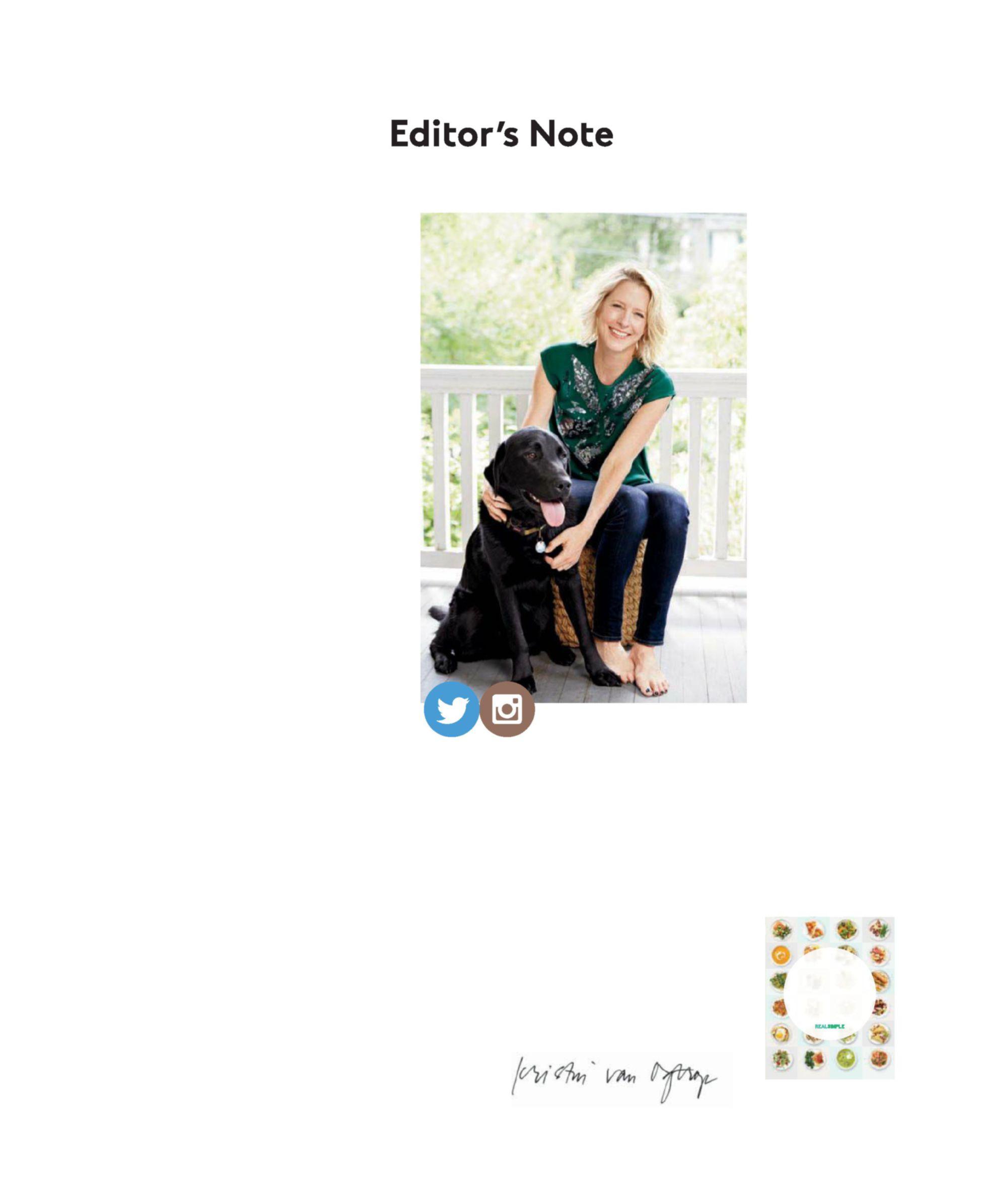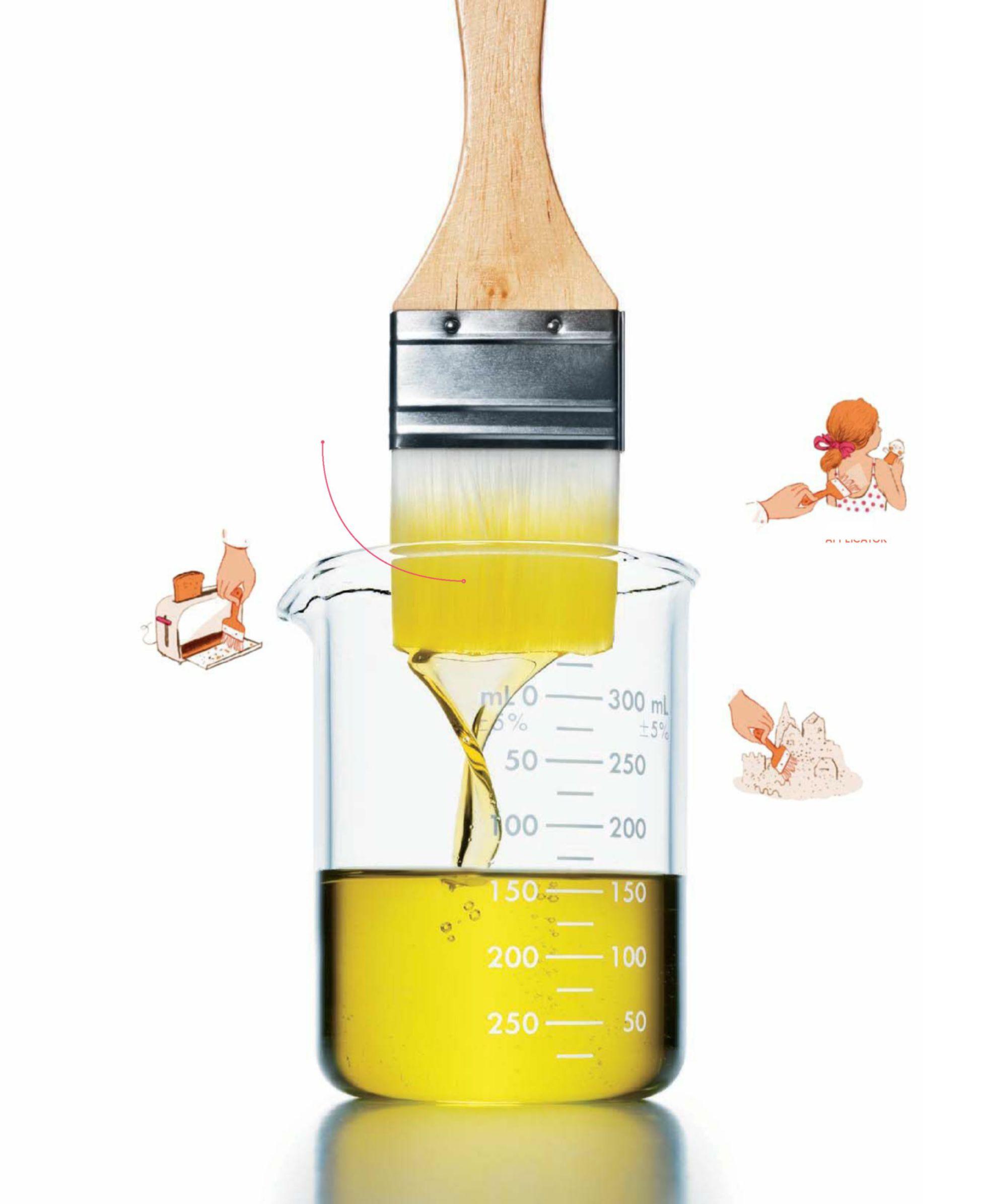T H E V E T S W I L L S E E YO U N O W
Q.
Q.
Rabbit residence We have a two-month-old bunny. How big should his cage be, and how much exercise should he get every day?
THE GUIDE home
W. R., via Facebook
A. Your rabbit needs room to do the bunny hop. A starter cage (about 40 inches wide, 20 inches long, and two feet high) should be fine for this stage. But in a month or so, when he’ll probably weigh about
Canine comfort The older of my two dogs died, and the younger one was very attached to him. Are there ways we can help him “grieve” (if pets do that), other than giving him more attention or a new dog?
three pounds, you’ll be better off with a cage that is at least four times his length when he’s stretched out. “The new pen should be at least 42 inches high,” says veterinarian Jennifer L. Saver. (MidWest E-Coat Exercise Pen, from $45, petflow. com.) Add an activity or two that encourage movement, like the Timothy Tunnel ($13, busy bunny.com), but keep them minimal to avoid crowding. Your rabbit will naturally jump around for much of the day. (It’s a good idea to cushion the floor with carpet scraps.) But you can also help him to stay healthy by upping his exercise: Plan on two or three hours of nightly cage-free time to roam the house.
K. V., via Facebook
A. It’s common for a dog who has lost a companion to show signs of mourning, such as clinginess or loss of appetite. But if the decreased appetite lasts more than four days, it’s best to see a vet as a precaution. Generally, extra attention and a new pal can help him cope, but rushing out for a replacement pup isn’t the only answer, says veterinarian Mary Gardner. You might try giving your dog something new to focus on, like an agility course or service-dog training, says veterinarian Gayle O’Konski. Scents can soothe, too: Leave the older dog’s collar out so your pup can sniff it and be comforted by the familiar smell, says Gardner. Or replace his own collar with one containing antianxiety pheromones (Adaptil collar, from $25, adaptil.com for info). If your pup is alone during the day, have a walker take him out midday for a boost. Typically, in about six weeks, his tail should be wagging again.
THE PET EXPERTS MARTY BECKER, D.V.M., North
Q.
Idaho Animal Hospital, Sandpoint, Idaho.
Feline diet debate Which type of food is best for my cat—wet or dry? S. S., via Facebook
MARY GARDNER, D.V.M., Lap of
Love Veterinary Hospice, Los Angeles.
A. Owners who serve wet food tend to view this as pampering the cat (akin to a can of tuna), but some felines are better off with dry food, because it generally has more protein and less fat per serving, says O’Konski. When you can, opt for a brand that lists a protein (like chicken or fish) as the first ingredient and has a label indicating approval by the Association of American Feed Control Officials. The downside of dry food is that it’s less hydrating, says veterinarian Marty Becker, so set up a fountain with running water (Petmate Fresh Flow pet fountain, $42, amazon.com), which will entice your cat to drink more.
AUGUST 2016
JIM LOWE, D.V.M., technical
services veterinarian at Tomlyn USA. GAYLE O’KONSKI, D.V.M., Morris
Animal Hospital, Granger, Indiana.
JENNIFER L. SAVER, D.V.M.,
Catnip & Carrots Veterinary Hospital, New Hyde Park, New York. MICHAEL SHIKASHIO,
president of the International Association of Animal Behavior Consultants. DONNA SOLOMON, D.V.M., Animal
Medical Center of Chicago.
76
REALSIMPLE.COM
Q. Yelp help Our dog sometimes lunges at our newborn when he is crying or when we pick him up. Any advice? K. J. R., via Facebook
A. The baby’s wails aren’t music to your pet’s ears. “Your dog is probably displaying fearful or anxious behavior because he’s stressed by the new stimuli,” says animal-behavior consultant Michael Shikashio. Left untreated, the issue can escalate to biting, so it’s a good idea to meet with your vet, who can observe your pet and suggest a treatment plan, says veterinarian Donna Solomon. It may include a technique called counterconditioning: While the baby is crying, you toss a series of small treats to the dog. After repeating this routinely over time, he will associate the crying sound with a positive reward and back off. An alternate suggestion may be moving the dog to his own space—with a bed and toys—when the baby is awake, says veterinarian Jim Lowe: “Relocating him to that retreat will help him feel safe and gradually acclimate.”



















